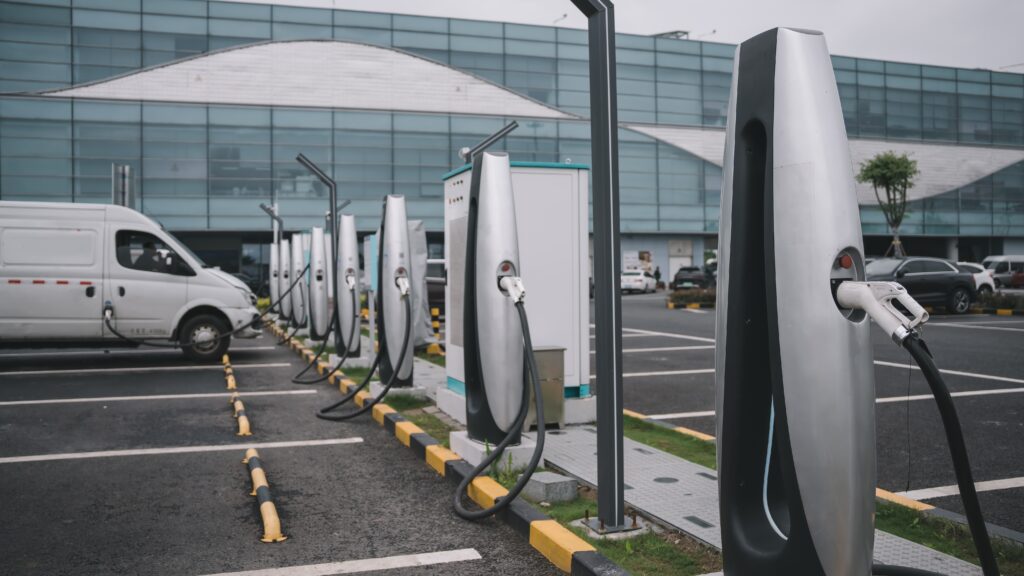Russell Olive, UK Director of Vaylens, writes that a successful transition to electric vehicles requires effective EV charging and infrastructure management.
The move towards electric vehicles is well underway, but many companies are delaying the EV transition, often because of concerns around start-up costs.
A 2023 poll of 200 UK fleet decision-makers found that 76% had delayed transition plans due to cost pressures. Many may also be concerned about broader issues, including the availability of charging points and range anxiety. Government schemes support the implementation of physical infrastructure, but once companies have charge points installed, it’s important to manage this new infrastructure effectively. This includes monitoring charge points for status and state of repair, energy use and uptime, and payments and reimbursements. These tasks are different from managing the fuel supply for a petrol or diesel fleet.
Performance monitoring
First, it’s essential to guarantee the performance of your EV infrastructure on a day-to-day basis. This includes reviewing all your charging stations in a single view, monitoring the physical status of each unit and the overall power consumption and output of your system. You need to be able to see in real-time any issues arising with charging units – from broken plugs to malfunctioning payment units – and so rapidly dispatch engineers or IT technicians. Likewise, tracking and automatically managing the draw your fleet is putting on your power network at any time is essential.
In other words, you need a system that can intelligently distribute electricity around your network to best meet your fleet’s needs without drawing extra power from the grid and incurring additional costs to your business. A backlog of charge point errors or a lack of available power could significantly affect your fleet’s performance and your bottom line. Hence, a robust management platform is necessary.
Managing access
Second, managing access, payments, and reimbursements at charging points is crucial. The solution will depend on your use case, for example, whether you’re managing an electrified car park at a large work facility, where employees pay a set rate to charge, or installing charge points for a home-based fleet and reimbursing an agreed-upon amount.
It’s essential to set up tariffs on a point-by-point basis and to determine similar usage rights. For example, some of your charge points may be ‘public’, allowing general use for a set tariff. Others may be configured as ‘private’, only allowing permitted users to connect. This would allow you to assign your drivers to specific EV chargers that require no charging fees.
Regulatory compliance
Finally, consider how your EV infrastructure management platform can help with regulatory compliance. Fleet businesses are facing stricter environmental regulations and emission standards every year, so it’s essential that charging management software remains compatible with charging stations that meet the most rigorous and latest requirements. Likewise, as ESG reporting evolves, the correct monitoring features will enable you to identify and report on the consumption and performance of your charging infrastructure to fulfil CSRD requirements in the EU and ESG reporting in the UK.
Right tools for the job
Ultimately, an electric vehicle fleet is only as good as the infrastructure underpinning it, and the infrastructure can only function well if a robust management system backs it. A high-functioning EV fleet can offer major business benefits, including improved performance, lower running costs, and streamlined compliance processes. To access these benefits fleet businesses need to invest in the right tools for the job.




